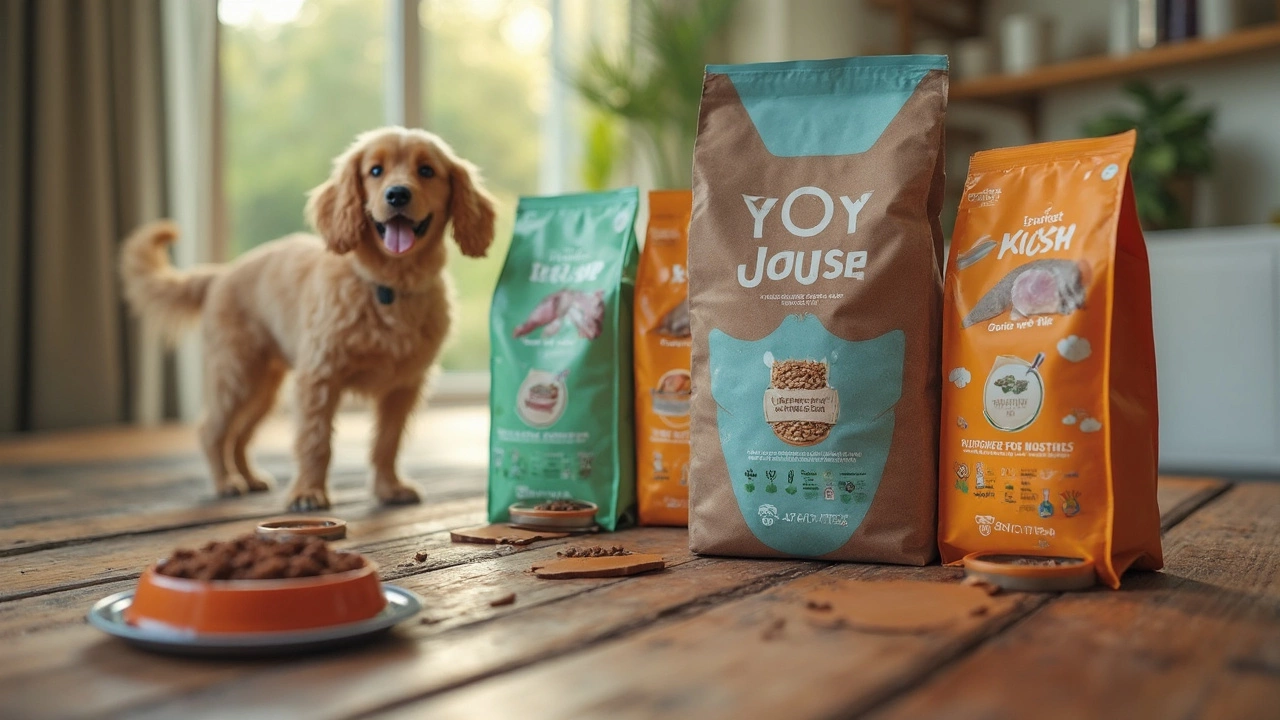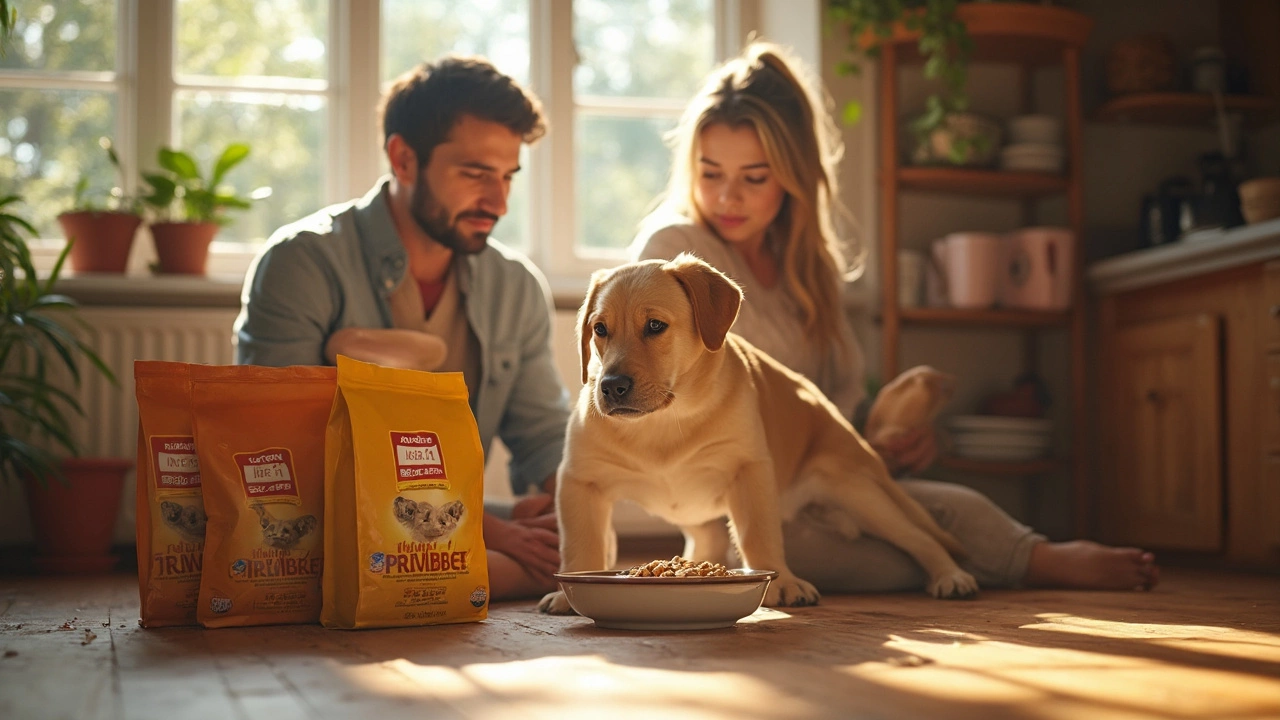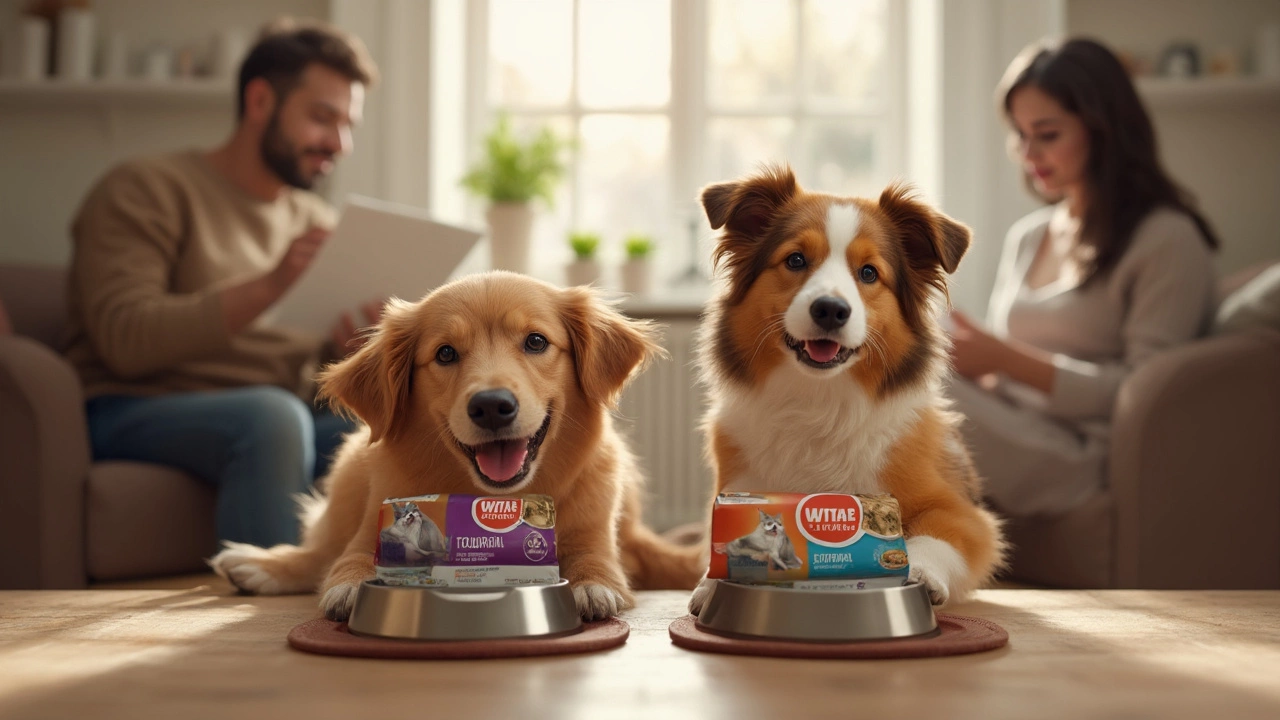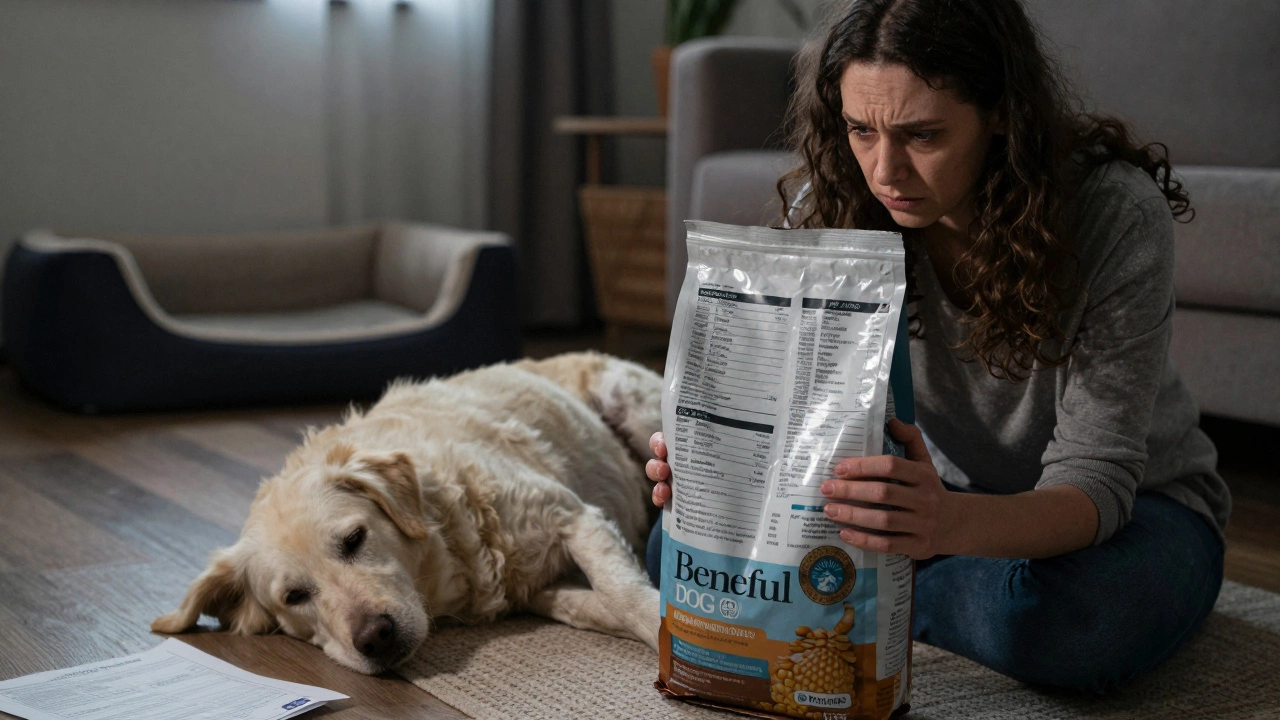Walk down any pet food aisle or scroll through popular pet websites, and one brand always pops up more than the rest: Purina. Year after year, Purina sits comfortably at the top, claiming the spot as the number one selling dog food brand—not just in the U.S., but across much of the world. That's a huge deal, considering the sea of options out there.
But before you toss a bag in your cart, it's good to know why this brand has won over so many pet parents. Is it the price? The long list of formulas? Or just slick advertising? There’s more to it. Let’s get under the hood and figure out what makes a dog food brand lead the pack—and how those choices affect what goes into your dog’s bowl tonight.
- Who Owns the Crown? The Top Dog Food Brand Revealed
- What Makes This Brand So Popular?
- Breaking Down the Ingredients
- Smart Tips for Choosing the Right Food
Who Owns the Crown? The Top Dog Food Brand Revealed
If you’re curious about which brand truly leads the pack, there’s no need to guess. According to NielsenIQ and industry sales reports, Purina is the number one selling dog food brand on the market. The main driver? Their Purina Pro Plan and Purina ONE lines rake in billions every year. Just check out these numbers from the 2024 U.S. pet food retail sales:
| Brand | Estimated 2024 U.S. Sales |
|---|---|
| Purina (all lines) | $4.8 billion |
| Pedigree | $1.5 billion |
| Blue Buffalo | $1.2 billion |
| Hill’s Science Diet | $1.1 billion |
That’s not just a small lead. Purina towers over its competitors. Their formulas show up everywhere—big box stores, vet offices, even at Costco and Amazon. Most dog owners in North America say Purina was the first brand they tried when bringing home a puppy.
What’s wild is their market isn’t just one group. They cover all the bases with options for puppies, seniors, picky eaters, and active breeds. Purina isn’t some new company that lucked into the spotlight; they’ve been at this since 1894. Their history plays a huge role in why so many folks trust them over smaller, newer brands.
For any dog parent, these numbers aren’t just trivia—they tell you where most people put their money when choosing food for their dogs. Marketing helps, sure, but Purina’s crown comes from being everywhere, with something for nearly every budget and lifestyle. It’s the first bag or can you see at nearly every store, and chances are, most of your friends with dogs have fed it at least once.
What Makes This Brand So Popular?
If you've ever wondered why Purina shows up almost everywhere, it’s not just luck. It’s a mix of smart marketing, a huge variety of products, and a long track record of reliability that keeps dog owners coming back. Purina’s parent company, Nestlé, puts some serious muscle into keeping its products in stores, on shelves, and in your social feeds.
The brand covers pretty much every type of dog owner. Got a picky eater? There’s a Purina formula just for that. Looking for grain-free, high-protein, or even budget-friendly? Purina's portfolio, including lines like Pro Plan, ONE, Dog Chow, and Beneful, hits all those marks. Here’s what usually pulls folks in:
- Number one selling dog food brand: Purina tops retail sales in the U.S. and many global markets.
- Massive variety: Over 30 different dry dog food recipes alone, plus wet food, treats, and specialty diets.
- Availability everywhere: Grocery store? Big box? Pet specialty shop? Yep, all of the above.
- Research-backed: The company funds entire nutrition centers, with more than 500 scientists, veterinarians, and nutritionists dedicated to dog health.
Here’s a quick comparison to give you a sense of just how dominant Purina is compared to other leading brands:
| Brand | US Market Share (2024) | Number of Formulations | Availability |
|---|---|---|---|
| PURINA | 38% | 30+ Dry, 40+ Wet | All major stores |
| Blue Buffalo | 14% | 20+ Dry, 20+ Wet | Pet specialty, select grocers |
| Pedigree | 11% | 15+ Dry, 15+ Wet | Most stores |
Another thing that keeps shoppers loyal is price range. Purina offers budget lines right next to their premium Pro Plan; you can feed a 60-pound dog for about $1.50 a day on some lines, but go higher for special dietary needs if you want.
This brand also leans into science. Their products go through feeding trials, which isn’t standard across all brands. That means you’re not just trusting the ingredient list—a bunch of dogs actually ate this stuff and did well on it before it hit stores.
It’s that mix—choice, price, reputation, and true convenience—that’s helped Purina stay at the front of the pack for so long. If anything, the numbers keep climbing because new dog owners often buy what’s familiar and easy to find, and Purina’s everywhere you look.

Breaking Down the Ingredients
People talk a lot about what should and shouldn’t be in dog food, but the ingredient list is where things get real. When you look at a bag of Purina, the first thing you’ll spot in the ingredient list is usually some form of meat, like chicken or beef. That’s a good start. Meat gives dogs protein for muscles, energy, and an overall healthy life. But keep reading that list, and you’ll hit things like by-products (think organ meats), grains, corn, and soybean meal.
Now, by-products catch a lot of flak. They sound weird, but here’s the thing: organs like liver or heart can actually have way more nutrients than plain chicken breast. The catch is you want “named” by-products. If a bag says “chicken by-product meal,” it’s specific, so you know what your dog is eating. If it just says “animal by-product meal,” you really can’t tell where it came from.
Then there’s grains and corn. Some folks think grains are only fillers, but companies like Purina add them for protein, fiber, and energy. Most dogs do fine with grains unless they have a legit allergy. You’ll also find vitamins, minerals, and sometimes stuff like probiotics (think of it as gut-boosting bacteria). Brands want dogs to get what they need without you buying a separate supplement tub every month.
If you’re worried about artificial stuff, check for things like artificial colors or flavors. Purina’s most popular lines still have some of these—like Red 40 dye in some kibbles. Dogs don’t care about color, but if you do, look for lines that skip this stuff.
- Check the first five ingredients—these give you a good look at the main stuff your dog is eating.
- Look for clear meat sources (like “salmon meal” or “chicken” at the top of the list).
- If your dog has a sensitive stomach, try lines with more limited, simple ingredients or ones labeled “sensitive systems.”
- Avoid anything too vague, like “meat and bone meal,” unless the source is named.
The bottom line? Read the bag. Even the number one selling dog food brand offers dozens of recipes. Not all are built the same, so get a quick read on what’s actually going into your pup—don’t just trust the front of the package.
Smart Tips for Choosing the Right Food
The dog food aisle is loaded with flashy promises, so it can feel like a total mind-bender to know what to actually buy. Here’s the deal—choosing the right food for your pup isn’t about going straight for the bag with the happiest dog or the coolest logo. There’s a smarter way to shop that keeps your furry pal’s health at the center.
- Check for AAFCO approval. On each bag or can, look for a statement from the Association of American Feed Control Officials (AAFCO). It means the food meets basic nutrition standards for dogs. This isn’t just a fancy stamp: it shows the food covers key nutrients for your dog’s stage of life, whether they’re a puppy, adult, or senior.
- Read the ingredient list from top to bottom. Ingredients are listed by weight. The first one, usually a protein like chicken or beef, tells you what the bag has most of. If you see corn or fillers right at the top, that’s a red flag for some folks—especially if your dog has allergies or a sensitive belly.
- Know your dog’s needs. Activity level, size, age, and even breed can totally change what works best. Active dogs burn more calories, while smaller, lazier pups might gain weight fast if you don’t portion things right.
- Don’t fall for weird marketing. Phrases like “holistic,” “gourmet,” or “premium” sound amazing but mean almost nothing. Go for clear info: Is there a source of animal protein? Are there artificial dyes or loads of sugar? That’s what matters.
- Think about easy-to-read feeding guides. The best brands don’t make you guess how much to feed. There should be a chart right on the bag so you know exactly how much to scoop for your dog’s weight and age.
One more tip from real life—if you’re trying a new brand, introduce it to your dog’s diet gradually. Swap in a quarter of the new food with their old kind for a few days, then work your way up. This helps avoid stomach issues nobody wants to deal with on a busy weeknight.
And hey, if your dog isn’t vibing with one option, don’t stress. Nutrition isn’t one-size-fits-all. Even the number one selling dog food brand isn’t perfect for every single pup out there. Talk to your vet if you hit a wall; they see a ton of dog tummies and usually have no-bull advice for what to try next.








